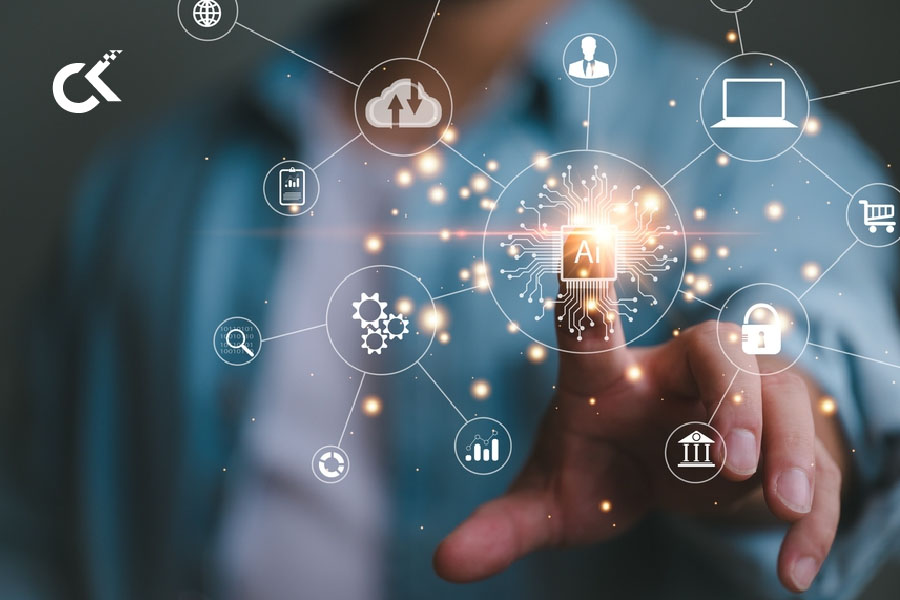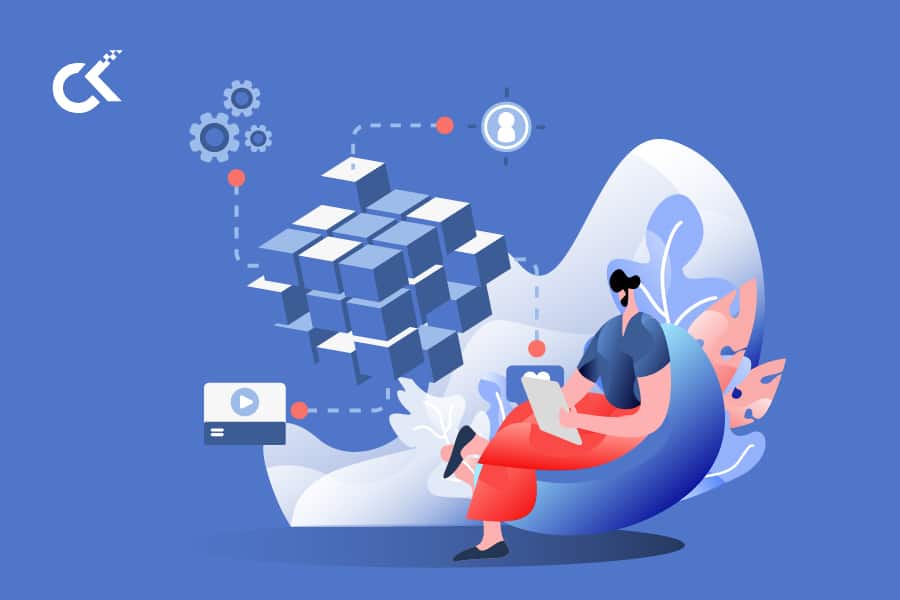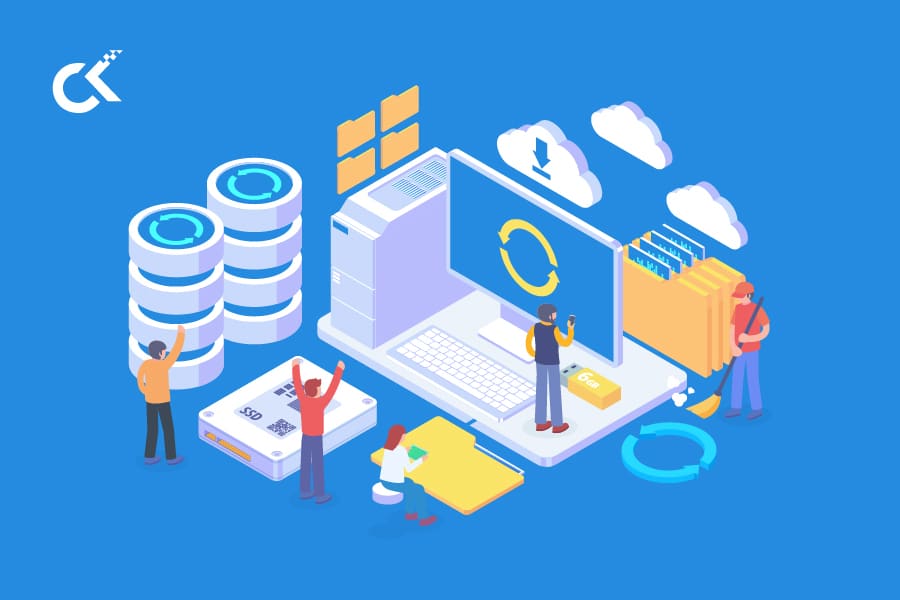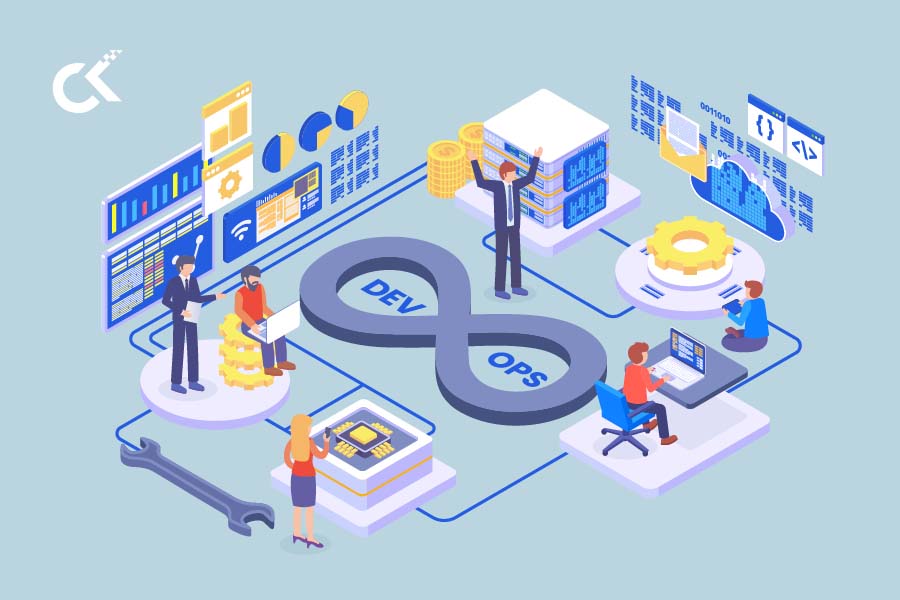The business landscape is undergoing a transformative shift, driven by the constant emergence of new technologies. While digitalization was once seen as a path to increased efficiency or competitive advantage, it is now essential for any organization to remain relevant. To navigate this paradigm shift, PwC has identified eight essential digital transformation technologies poised to fundamentally revolutionize how companies operate.
These eight essential digital transformation technologies are have been identified by PwC as game changers and are believed to be revolutionizing the way companies do business:
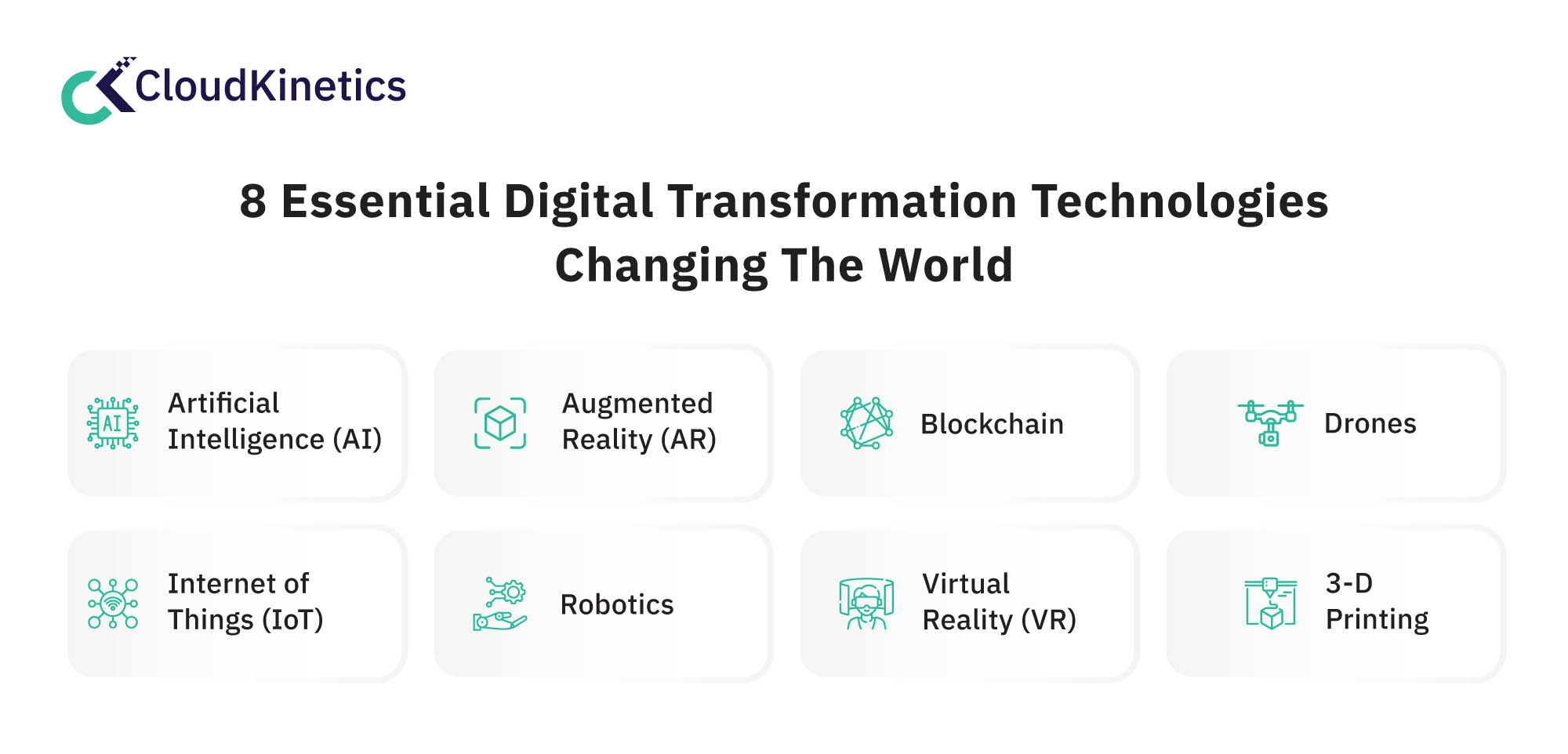
Digital transformation technologies for the modern world: The selection conundrum
PwC analysed over 250 emerging technologies to find the “Essential Eight” Digital technologies. According to the study, the 5 most frequently used of the Essential Eight technologies in EMEA by private businesses are IoT technologies (55%), robotics (32%), 3D printing (25%) and AI (27%).
67% of private business leaders surveyed by PwC in EMEA see digitalization as highly relevant to their businesses’ long-term viability and are increasingly employing these eight technologies in their businesses. However, most C-level executives are having a hard time deciding which technologies are most pertinent to business sustainability and growth. Choosing from right Digital Transformation technologies where every technology seems most relevant and accurate poses a dilemma for the CIOs. To help companies focus their digital transformation efforts, these eight emerging technologies can be considered by companies as the building blocks.
While each company’s selection might vary according to their requirements and strategy, these technologies are expected to have a deep impact on most businesses, globally.
1. Artificial Intelligence
AI refers to the simulation of human intelligence processes by machines. It automates complex decision-making tasks to mimic the human thought processes. Encompassing Machine Learning (ML), AI algorithms can learn, understand, analyse and act on new data based on rules to reach approximate or definite conclusions.
2. Augmented Reality
AR is a technology that superimposes a computer-generated image on a user’s view of the real world, thus providing a composite view. When done properly, the user experience is seamless, opening a new realm for businesses across the board to explore. It has already been successfully implemented in Airline, Manufacturing and entertainment industries.
3. Blockchain
Essentially, Blockchain is an open, distributed ledger that can record transactions between two parties efficiently and in a verifiable and unalterable way. Originally devised for the digital currency, Bitcoin, the business community has found other potential uses for the technology. Insurance, Supply Chain, Energy and Ad-technology are a few industries where Blockchain applications are already being used.
4. Drones
Drones are UAVs (Unmanned Aerial Vehicles) and are used in situations where manned flight is considered risky, difficult or expensive. Types of drones can vary significantly based on their design and application. Surveillance, Survey, Sport, Cinematography and Delivery are some examples where usage of drones is becoming common.
5. Internet of Things
IoT works on the premise that everything that can be connected will be connected to the internet. It is a system of interrelated computing devices, machines, objects or vehicles able to transfer data over a network without requiring human-to-human or human-to-computer interaction. Logistics, Appliances, Packaging, Security industries are making headway in Industrial automation and the possibilities for IoT are endless.
6. Robotics
Machines with improved sensing, control and intelligence used to automate, augment, or assist human activities are growing in a broad range of services applications. These technologies help develop machines that be substitute for human beings or to replicate human actions. This is widely used to reduce human resource costs and increase efficiency.
7. Virtual Reality
Virtual reality (VR) is a simulated experience that can be similar to or completely different from the real world. A person using virtual reality equipment is able to look around the artificial world, move around in it, and interact with virtual features or items. Gaming, entertainment, education and defense are some industries that are benefiting from VR.
8. 3-D Printing
3-D Printing process builds a three-dimensional object from a computer-aided design (CAD) model, usually by successively adding material layer by layer, which is why it is also called additive manufacturing. It is being used in manufacturing, medical, industry and socio-cultural sectors to become successful commercial technology. More recently, 3-D printing has also been used in the humanitarian and development sector to produce a range of medical items, prosthetic and spare parts.
The time is now!
Although some of these Digital Transformation Technologies may seem futuristic, the reality is that they are real and available, and being used right now by more agile competitors to transform their businesses. The time for starting your digital transformation journey is now.
How Cloud Kinetics can help power your digital transformation
Cloud Kinetics serves as a technology partner to enterprises across industries, with a focus on enabling them to create and sustain value through the transformative power of advanced technologies. We have been fortunate to work with some of the best companies from all over the world and provide turnkey solutions to complex business challenges. View our Case Studies and see how we are utilizing these emerging technologies to create real value for businesses.
